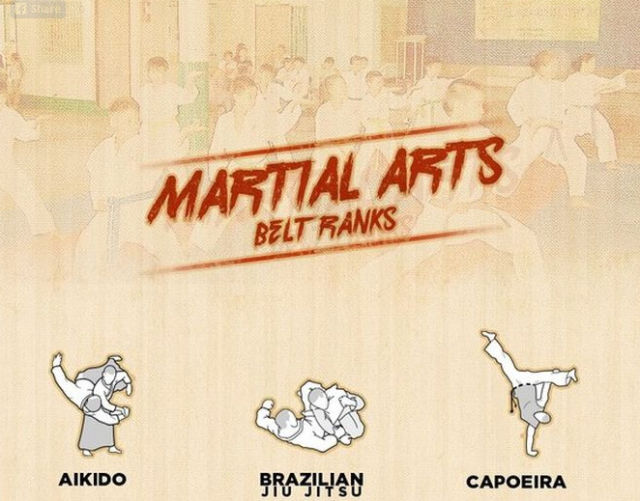Comprehending The Basic Differences Between Traditional Martial Arts And Modern Fight Sports
Comprehending The Basic Differences Between Traditional Martial Arts And Modern Fight Sports
Blog Article
Created By-Thuesen Hovgaard
When you consider martial arts, do you lean extra towards the typical practices or the modern-day combat sports? Each course offers one-of-a-kind advantages and experiences, shaped by their philosophies and training methods. Traditional martial arts emphasize individual growth and technique, while modern battle sporting activities focus on competition and performance. Comprehending these differences can lead you in choosing the ideal approach for your journey. But just how do these differences materialize in training and viewpoint?
The Ideology and History Behind Typical Martial arts
While many individuals connect martial arts with physical battle, the viewpoint and history behind typical martial arts run much deeper. You'll locate that these self-controls emphasize individual growth, self-control, and regard.
Originating from ancient techniques, typical martial arts were typically created for Self-Defense and spiritual growth. https://comparingmartialartsforki11098.techionblog.com/34435333/unlocking-self-confidence-the-advantages-of-a-children-martial-arts-program embody principles such as equilibrium, consistency, and self-control, assisting specialists past plain combating abilities.
As you train, you'll not just find out methods however likewise get understandings into the society and values that shaped these arts. The rituals and traditions, frequently given via generations, foster a feeling of community and belonging.
The Competitive Nature of Modern Combat Sports
Modern combat sports have actually transformed the landscape of martial arts into a very affordable field, where athletes challenge in a test of skill, strategy, and endurance.
You'll see that competitors are commonly organized with strict policies and regulations, making certain justice and safety. These occasions bring in big audiences, sustaining the exhilaration and strength of competitions.
Professional athletes educate rigorously, not just for physical prowess yet additionally for mental strength, understanding that every information counts in the ring. The adrenaline thrill during competitors is palpable, as fighters push their limits to assert victory.
Followers value the athleticism and creativity entailed, making modern-day battle sporting activities a thrilling spectacle that continues to evolve and captivate lovers around the globe.
Training Techniques and Strategies: A Comparative Analysis
The competitive environment of modern-day combat sports needs ingenious training techniques that vary considerably from typical martial arts.
In https://www.mic.com/impact/safety-isnt-just-physical-how-martial-arts-can-help-black-queer-people-build-every-kind-of-strength-81524487 , you'll focus on details techniques, sparring, and conditioning, usually utilizing drills that imitate actual fight situations. You'll see an emphasis on quantifiable performance and frequent competition to analyze your abilities.
On the other hand, traditional martial arts focus on types, katas, and thoughtful teachings, typically highlighting technique and regard over competitors.
Training is typically much less intense and may entail recurring technique rather than real-time sparring.
While both approaches construct skill and fitness, contemporary battle sports give an extra vibrant and versatile training environment, preparing you for immediate obstacles in the ring or cage.
Choose the path that aligns with your goals and interests.
Conclusion
In selecting between traditional martial arts and modern battle sports, it truly boils down to what you value most. If you're seeking individual growth, self-control, and a sense of community, typical arts could be your best fit. Yet if you flourish on competition and real-time difficulties, modern battle sporting activities could be the means to go. Inevitably, both paths use one-of-a-kind benefits, so it's all about aligning your training with your individual goals and interests.
